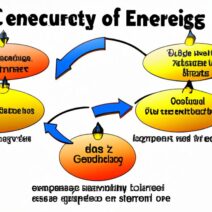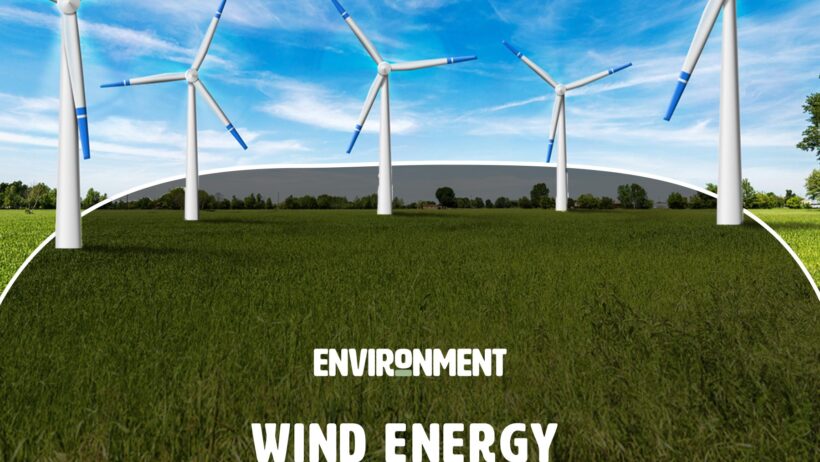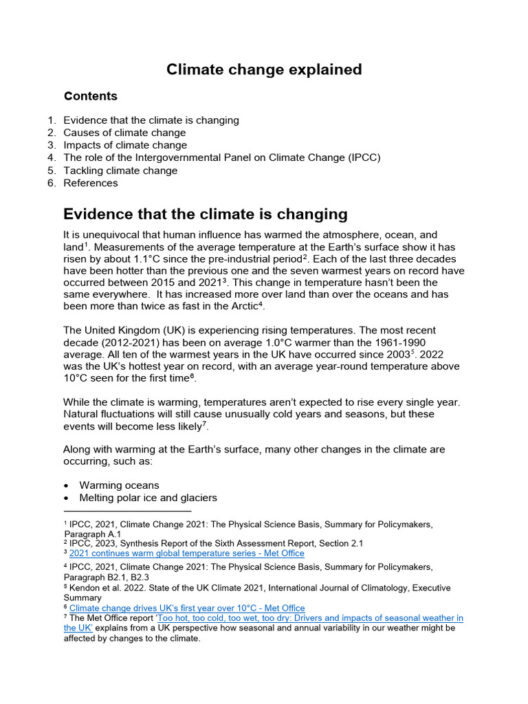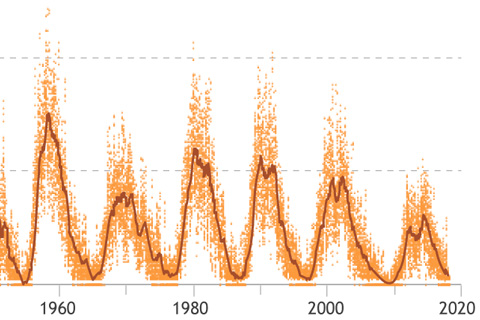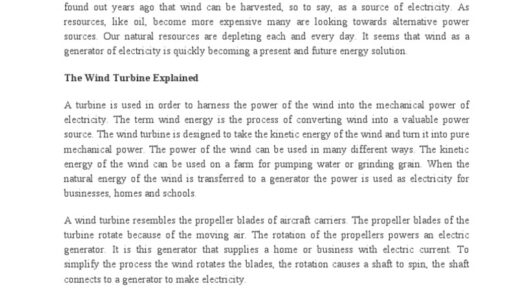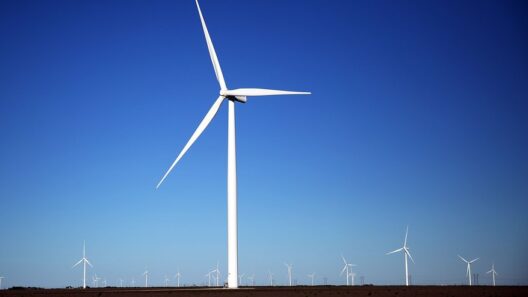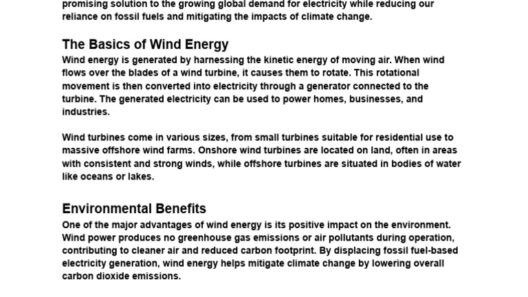Wind energy has emerged as a pivotal component in the global transition to sustainable energy sources. An abundance of this renewable resource has captivated environmentalists, policymakers, and ordinary citizens alike, all recognizing the vast potential it holds for a cleaner, more sustainable future. In this exploration, we will delve into the multifaceted advantages of wind energy, emphasizing its overarching positive impact on the environment, economy, and society.
One of the quintessential advantages of wind energy is its inherent sustainability. Unlike fossil fuels, which emit harmful greenhouse gases, wind power is a virtually limitless resource. As long as the sun shines and the Earth rotates, winds will continue to blow. This perpetual energy cycle significantly mitigates the adverse effects of climate change. Wind energy generation contributes to a drastic reduction in carbon emissions, rendering it a vital ally in the fight against global warming. As nations strive to meet international climate targets, harnessing wind power becomes not just an option, but an imperative.
Furthermore, wind energy is becoming increasingly cost-effective. The initial investment associated with wind turbine installation may seem daunting, yet the long-term gains far outweigh these costs. Technological advancements and economies of scale have driven down both the capital and operational expenses associated with wind farms. In many regions, wind energy is now one of the most economically viable forms of power generation. This influx of affordability makes it accessible for a broader range of potential investors, from large corporations to small community projects. Consequently, wind energy has the capacity to stimulate local economies while also satisfying energy demands.
Another contributing factor to the allure of wind energy is its job creation potential. The wind energy sector is experiencing an exponential growth trajectory, resulting in a multitude of employment opportunities. From manufacturing and installation to maintenance and operations, the wind energy fields are demanding a diverse skill set. This demand stimulates local economies, with new jobs often concentrated in rural areas. Not only does this create immediate economic benefits, but it also fosters a sense of community empowerment by engaging local populations in burgeoning green industries.
Moreover, the environmental benefits of wind power extend beyond mere carbon emission reduction. The extensive deployment of wind farms can lead to a decrease in air pollution, safeguarding public health. Traditional fossil fuel energy sources contribute significant quantities of sulfur dioxide and nitrogen oxides into the atmosphere, which can lead to respiratory illnesses and other health complications. By transitioning to wind energy, communities can enjoy cleaner, fresher air, thereby improving overall public health outcomes.
Another noteworthy advantage of wind energy is its opportunity for energy independence. As nations increasingly rely on foreign sources for fossil fuels, energy security becomes a pressing concern. Wind energy allows countries to harness local resources, decreasing reliance on imported fuels. This not only bolsters national security but also stabilizes energy prices, which can fluctuate drastically due to geopolitical tensions and market instability. The transition to self-sustaining energy systems can thus yield stronger, more resilient economies.
However, it is important to acknowledge that the implementation of wind farms is not without its challenges. Critics often cite concerns related to landscape disruption, noise, and the impact on bird and bat populations. Thoughtful planning and technological advancements, including the development of turbine designs that minimize wildlife collisions and innovative siting practices, aim to address these concerns. Moreover, strategies like community engagement and transparent communication can alleviate local apprehensions, fostering more widespread acceptance of wind energy initiatives.
The integration of wind energy into the existing energy grid is another significant consideration. The intermittency of wind—its dependence on weather conditions—poses challenges for grid stability and reliability. However, advancements in energy storage technology and hybrid systems that combine multiple renewable sources are being developed to mitigate these issues. As grid systems evolve, the capacity to seamlessly incorporate wind energy will only improve, thereby enhancing the overall efficacy of renewable energy portfolios.
As we delve deeper into the implications of wind energy, the socio-economic benefits become increasingly apparent. Rural areas often bear the brunt of economic instability, yet wind energy projects offer a means to revitalize communities. Through local investment, shared ownership models, and tax incentives, wind power projects can funnel significant resources back into these areas. Such feedback loops not only lead to job creation but also enhance rural infrastructure and support local services, thereby contributing to a more equitable distribution of wealth.
Wind energy exemplifies the transformative potential of renewable energy technologies. As society confronts the multifaceted issues of climate change, pollution, and energy insecurity, the advantages of wind power shine brightly. Its sustainability, economic viability, job creation potential, and contributions to public health illustrate not only its practicality but its importance in the global energy landscape. While challenges remain, the journey towards a wind-powered future offers hope and the promise of an eco-friendly, economically prosperous world.
As advancements continue to unfold, and as awareness of the myriad benefits of wind energy spreads, society can embrace this flurry of sustainable innovation. Ultimately, recognizing and leveraging the merits of wind power will be crucial in shaping a cleaner, greener tomorrow.
